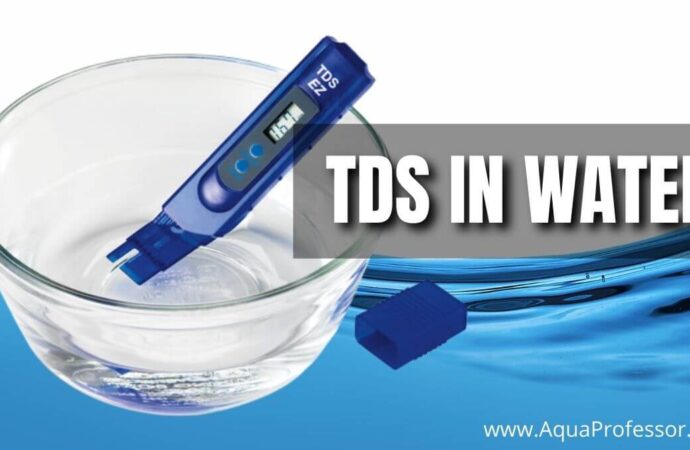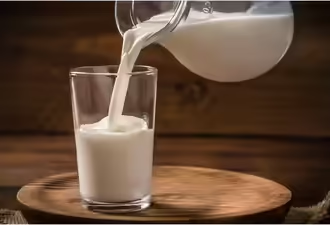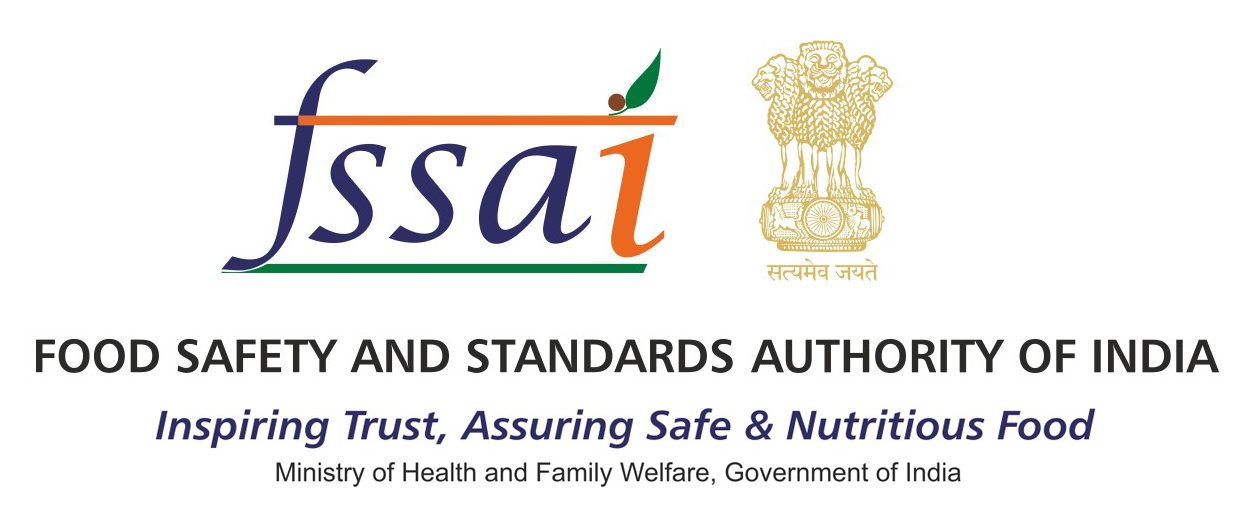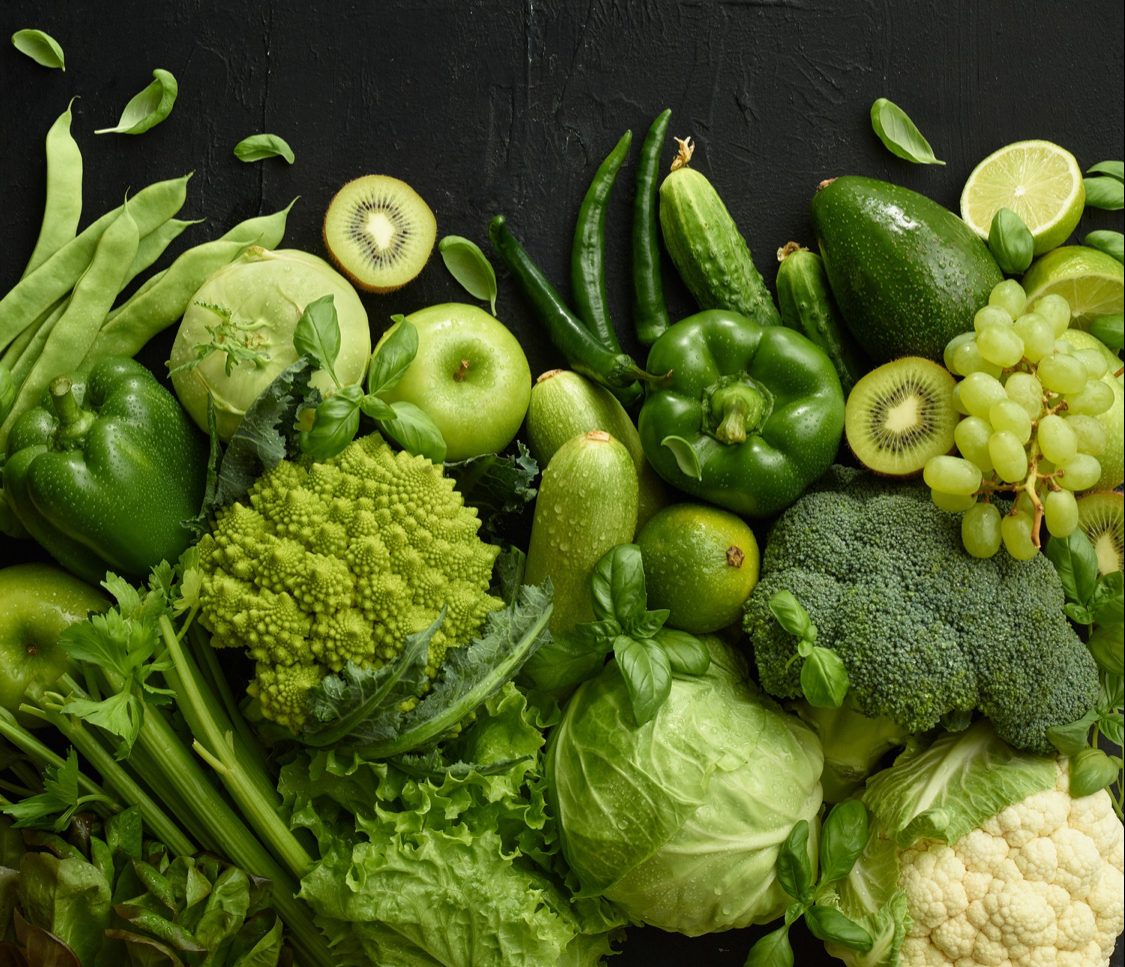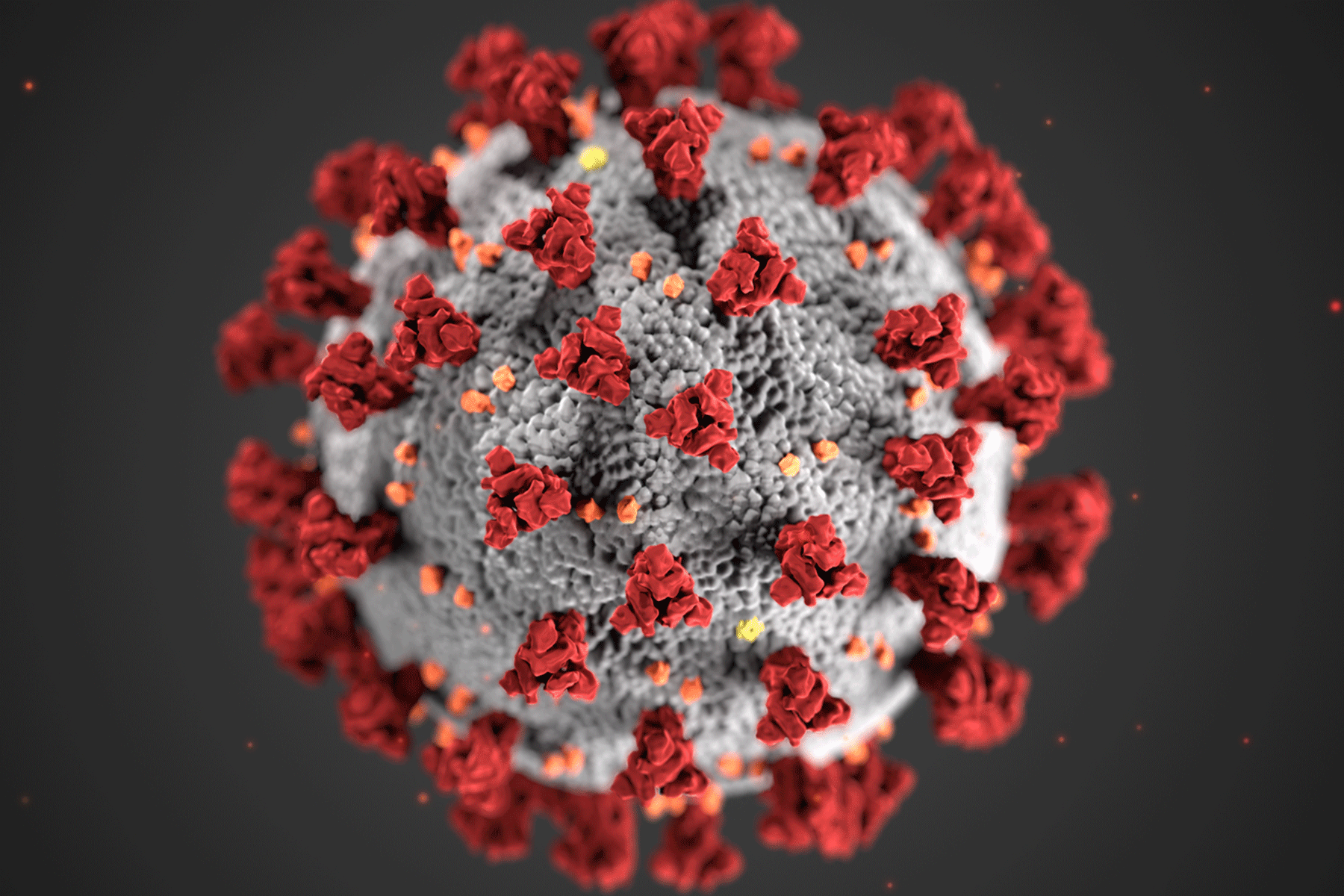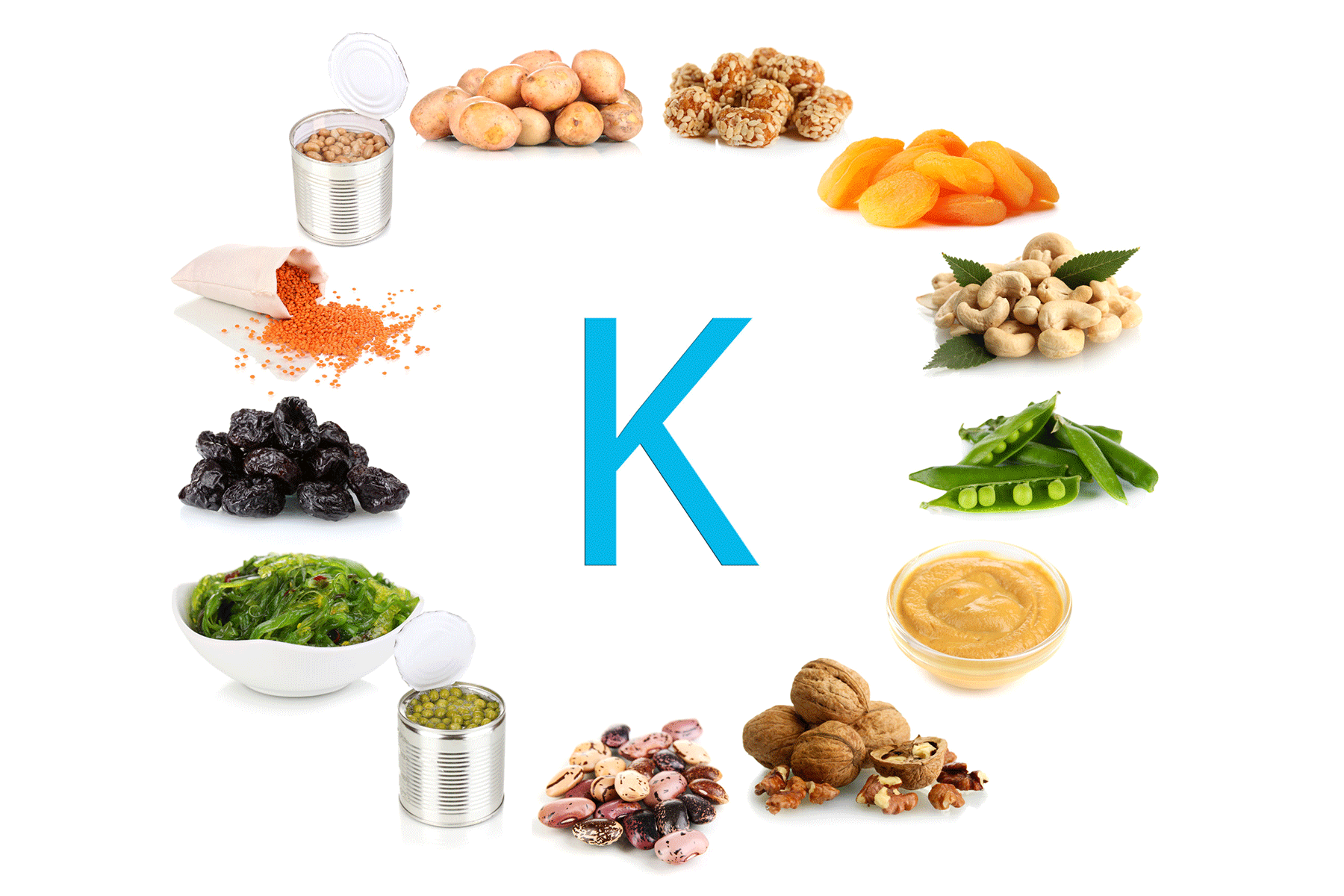Water quality plays a crucial role in health and everyday life, and one key indicator of that quality is Total Dissolved Solids (TDS). TDS refers to the concentration of dissolved substances in water, including minerals, salts, and metals. While some of these are essential for health, excessive levels can impact taste, safety, and overall usability. Whether you’re drinking tap water, bottled water, or using a home purifier, understanding TDS is vital for making informed choices. This article explores what TDS is, how it’s measured, why it matters, and how you can manage it for better water quality at home or work.
What is TDS?
Total Dissolved Solids (TDS) refers to the total concentration of inorganic and organic substances dissolved in water. These include minerals, salts, and trace metals, which may be present in molecular, ionised, or micro-granular form. TDS itself isn’t a single compound but a measurement of all these substances combined. TDS is usually expressed in milligrams per litre (mg/L) or parts per million (ppm). It is commonly measured using a TDS meter, which estimates the level based on the water’s electrical conductivity. Lab methods like gravimetric analysis can also provide highly accurate TDS readings.
Common Components of TDS
TDS is made up of a variety of dissolved substances that occur naturally or through human activity. The most common components found in water include:
- Calcium
- Magnesium
- Potassium
- Sodium
- Bicarbonates
- Chlorides
- Sulfates
- Nitrates
- Heavy metals (e.g., lead, arsenic in polluted sources)
These substances may naturally enter water through soil and rock erosion or be introduced by human activities such as agriculture (via fertilisers), industrial waste discharge, or corroded plumbing systems.
Why is TDS Important?
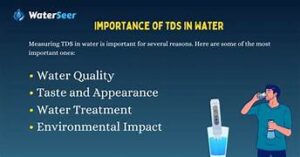
TDS impacts water in several ways—physically, chemically, and aesthetically. It plays a significant role in water’s taste, safety, and functionality for domestic, industrial, and agricultural use. Here’s how:
- Taste: Elevated TDS can cause water to taste bitter, salty, or metallic, depending on which substances are present.
- Health: While moderate levels of minerals are beneficial (e.g., calcium and magnesium), high TDS levels—especially from harmful contaminants like lead, fluoride, or nitrates—can pose long-term health risks.
- Appliances: High TDS contributes to scaling in home appliances like kettles, heaters, and pipes, reducing their efficiency and lifespan.
- Agriculture & Industry: Industrial processes and certain crops require water with low and stable TDS. High TDS can reduce irrigation efficiency or interfere with chemical processes.
Recommended TDS Levels for Drinking Water
As per the Bureau of Indian Standards (BIS) and the World Health Organisation (WHO):
- Ideal TDS for drinking water: Below 300 ppm
- Acceptable: Up to 500 ppm
- Poor quality: Above 500 ppm
- Unsafe: Over 1000 ppm
- Very low TDS (below 50 ppm): May lack essential minerals and taste flat
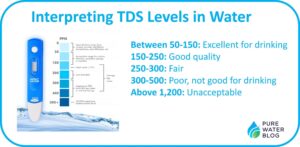
Water with TDS between 50 and 150 ppm is considered excellent, while 150–300 ppm is still good. Once it crosses 500 ppm, taste, usability, and safety concerns increase. Water above 1000 ppm should not be consumed without treatment.
TDS in Bottled and Purified Water
Many bottled water brands highlight their TDS levels as a quality benchmark. Mineral water generally has moderate TDS, often naturally sourced and enriched with essential minerals. On the other hand, distilled or reverse osmosis (RO) purified water can have extremely low TDS, sometimes below 30 ppm. Although low-TDS water is free of contaminants, it may also lack taste and essential minerals. That’s why many modern RO purifiers include a remineralisation stage, which adds back minerals like calcium and magnesium after purification. This ensures a balance between purity, taste, and health benefits.
No matter the water source—tap, bottled, or borewell—it is advisable to periodically test TDS levels, especially if you notice changes in taste or clarity or are unsure about the effectiveness of your filtration system.
How to Reduce TDS in Water
When TDS levels are high, particularly due to harmful substances, water treatment becomes necessary. Here are the most effective methods:
1. Reverse Osmosis (RO)
RO purifiers push water through a semipermeable membrane, removing 95–99% of TDS, including salts, heavy metals, and many microorganisms. RO is the most common method used in households and industries for high-TDS water.
2. Distillation
This process involves boiling water and condensing the steam into a clean container, leaving behind dissolved solids. While highly effective, it is slow and energy-intensive, making it less practical for regular household use.
3. Deionisation (DI)
DI uses ion-exchange resins to remove mineral ions such as calcium and magnesium, replacing them with hydrogen and hydroxide ions. This method is often used in combination with RO systems for highly purified water, especially in laboratories or industries. It’s worth noting that over-purification can result in extremely low TDS, which might not be ideal for long-term consumption. In such cases, remineralisation becomes essential to restore taste and nutritional value.
Conclusion
Total Dissolved Solids (TDS) is a simple yet powerful indicator of water quality. It affects everything from how your water tastes to how safe and effective it is for drinking, cooking, or use in appliances and industry. While some minerals are essential for health, too much can signal contamination or poor filtration. Understanding your water’s TDS level and adjusting it through the right purification method helps ensure you and your family get clean, safe, and good-tasting water. In an era where water safety is increasingly uncertain, being informed about TDS is not just wise—it’s essential for better living.
 Food Manifest
Food Manifest 